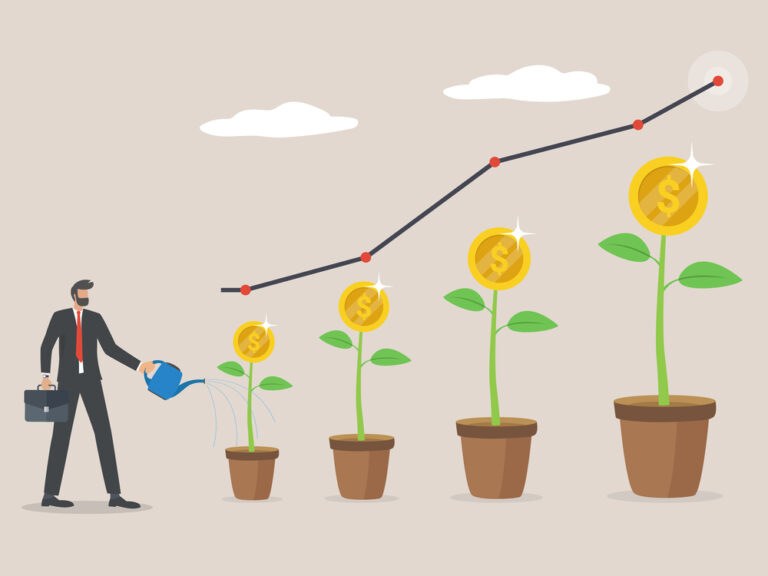
Steps to Mitigate Risks in P2P Marketplace
Not too long ago, our ancestors sat around a fire and traded skins, shells and shiny rocks. It’s likely that those were some of the first Peer-to-peer (P2P) transactions ever. Mankind quickly grasped the simple truth that value must equal value and in order to get something, you have to give something back. However, not all of our predecessors shared the same beliefs.
We have come a long way since those early times. The trade of goods and commodities gradually evolved into the financial system we have today. People still trade goods, services among other things, in order to generate profit for themselves, their businesses, their communities and so on.
What hasn’t changed ever since those early times, however, is the fact that wherever there is value and profit to gain, there will be those that will look to exploit instead of providing.
In the digital age, P2P marketplaces have become a prominent presence in the digital economy, transforming the landscape of buying, selling, and trading goods and services. These platforms serve as intermediaries, connecting individual buyers and sellers directly and enabling smooth and direct transactions.
While P2P marketplaces indeed offer numerous benefits to all parties involved, it is safe to say that there are still those who look to gain something without providing something in return. These individuals, groups and organizations look for weak points in financial technology, including P2P marketplaces, that allow them to gain access to wealth they should not legally have access to. Today we’ll take a look at what steps P2P marketplaces take in order to protect their users.
User verification
User verification stands as a fundamental pillar of secure transactions and is crucial in ensuring a safe P2P environment. Trust within any P2P marketplace relies heavily on the authenticity and credibility of its users. While we have a verification process in place, we acknowledge the importance of reducing the risk of potential fraudulent activities. This encompasses various verification methods such as identity, email, and phone number verification, utilizing official documents and advanced digital tools.
Secure Payment Methods
Naturally, the safety of financial transactions is paramount in any P2P marketplace. The use of secure payment gateways and encouraging the use of reputable payment methods can protect users from potential fraud and ensure that payments are processed smoothly and reach their destination.
Rules easy to follow
Making sure P2P marketplaces’ terms and conditions are comprehensible is fundamental to protecting its users from unexpected risks and possible future disputes. Having easily understandable terms and conditions that outline the responsibilities of all parties involved can increase the security of the marketplace. When marketplace policies regarding transactions, repayments and any potential liabilities are clearly defined, it helps reduce the likelihood of any misunderstandings and disputes that may follow.
Even with strict measures in place, there’s still a possibility that disputes may arise between the marketplace and users. Having a fair and efficient dispute resolution mechanism in place can take swift care of resolving any conflicts. P2P marketplaces should establish clear guidelines for dispute resolution in order to provide a sense of security and equality. While not directly connected to fraudulent activity, a timely and transparent resolution of disputes breeds confidence in the platform.
Secure Cyberspace
It will come as no surprise that any online/digital business venue is susceptible to a digital threat. Unlike back in the day, criminals no longer need to leave their dens in order to get their hands on your money. Today, all they need is a decent web device and knowledge of how to use it. As digital platforms, of course, P2P marketplaces are susceptible to cyber threats and data breaches. To stop this, every digital marketplace must have severe cybersecurity measures in place. Safeguarding user data, payment information, and communication channels is the #1 priority. Once a marketplace has all the right encryption protocols in place, regularly educates its users on data security (including encouraging the use of two-factor authentication, changing passwords regularly, and more), and conducts security audits, the risk of cyberattacks causing serious damage is significantly reduced.
The bottom line
Yes, P2P marketplaces in their modern form are no longer in danger of being attacked by a horde of robbers. But it doesn’t necessarily mean that there’s no danger in the digital world.
A P2P marketplace must prioritize security comprehensively. Diligent user verification and, thereafter, user education about online security must be practiced at all times. Robust cybersecurity protocols must be in place, in order to mitigate the risks posed by cyberattacks. Additionally, proper dissemination of marketplace terms and conditions is essential, ensuring that users have clear guidelines to follow during transactions.
By implementing all the steps mentioned above, P2P marketplaces can mitigate potential risks and cultivate a safe and trustworthy ecosystem. And that is crucial for marketplace success and longevity.
